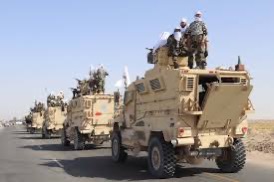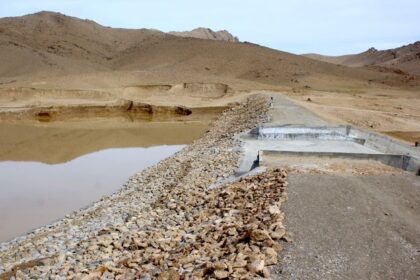RASC News Agency: In the wake of recent high-level discussions between U.S. Senator Marco Rubio, representing the U.S. State Department, and Pakistan’s Deputy Prime Minister and Foreign Minister Ishaq Dar, growing concerns have resurfaced regarding the vast cache of U.S. military hardware left behind in Afghanistan after the American withdrawal in August 2021. Citing retired Pakistani Army General Inam-ul-Haq, The Express Tribune reports that both sides reached a preliminary understanding on addressing the unresolved issue of U.S. military equipment that fell into the hands of the Taliban. However, no definitive mechanism has yet been formalized for securing or recovering the weaponry.
These concerns have gained urgency amid credible reports that advanced American arms including Panther LRT and M24 sniper rifles have been seized by militants of Tehrik-i-Taliban Pakistan (TTP). These weapons are reportedly being used in coordinated and deadly attacks on Pakistani security forces, exacerbating instability along the volatile border regions. Following its hasty departure, the United States is estimated to have left behind over $7.2 billion worth of military assets. These included more than 600,000 light and heavy firearms, 9,524 air-to-ground munitions, armored vehicles, night-vision systems, and encrypted communications equipment. A substantial portion of this arsenal has since flooded regional black markets, particularly along the Iran-Afghanistan-Pakistan frontier.
Taliban officials have publicly acknowledged seizing over 300,000 small arms and more than 26,000 pieces of heavy weaponry from the abandoned stockpiles. U.S. officials, in multiple briefings, have admitted to the government’s limited ability to recover or track these weapons. General Inam-ul-Haq also stated that countries such as Iran have allegedly procured segments of the leftover arsenal in bulk transactions. Simultaneously, the Taliban have reportedly succeeded in refurbishing and operating several U.S.-made aircraft left behind at Afghanistan airbases, further enhancing their military capacity.
The issue of abandoned weaponry was reportedly a key topic during the recent visit to Kabul by a U.S. delegation led by former U.S. Special Envoy Zalmay Khalilzad. While the trip was officially focused on negotiating the release of an American national, insider sources told The Express Tribune that the U.S. is discreetly offering financial incentives in hopes of persuading the Taliban to return or dismantle parts of the remaining stockpiles. Yet, General Inam-ul-Haq emphasized that “Kandahar” a metonym for the Taliban leadership would categorically oppose any renewed foreign military presence on Afghanistan’s soil, including at the strategically critical Bagram Airbase. He underscored that the Taliban’s ideological foundation rooted in a blend of religious dogma and Pashtun ethnonationalism renders any compromise with Western powers virtually impossible.
This unfolding situation continues to generate alarm both regionally and globally. Analysts warn that the Taliban’s access to such a sophisticated arsenal not only emboldens extremist factions but also presents a long-term security challenge to neighboring states and beyond. As diplomatic efforts falter, the abandoned U.S. weapons have effectively become a geopolitical time bomb, waiting to detonate.






